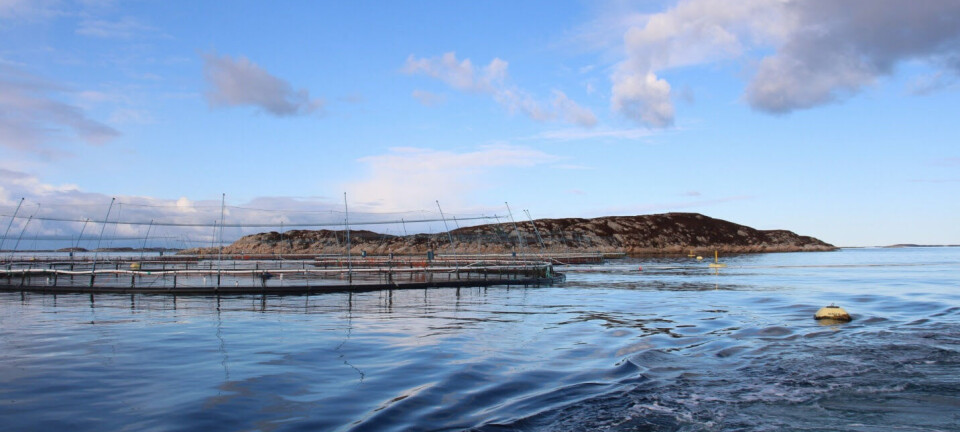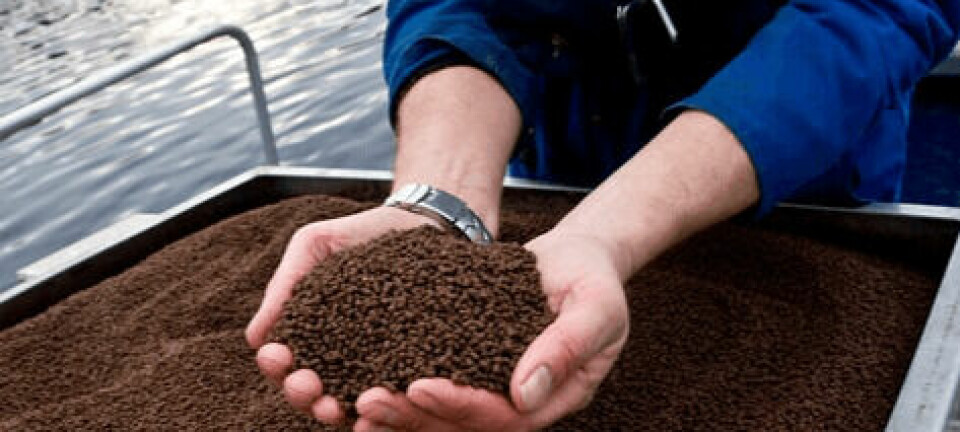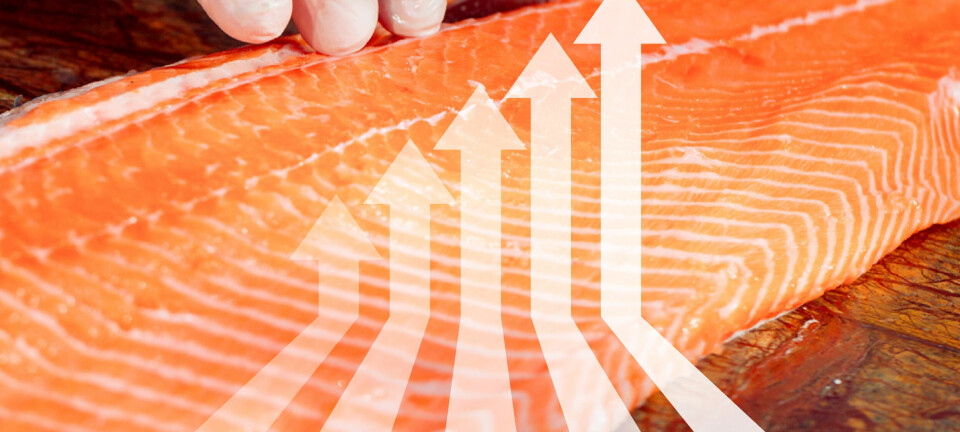Scotland and Ireland: Reduced impact from PD, but crucial that measures stay in place
Siri Elise Dydal siri@fishfarmingxpert.com
Pancreas disease (PD) caused by Salmonid alphavirus (SAV) is a major problem in salmon aquaculture and have caused great economic losses in most salmon farming countries including Ireland and Scotland. Although the SAV virus is the aetiological agent of PD, the fish does not necessarily develop PD if it becomes SAV positive i.e. is infected with the virus. There are other factors such as stress, environment, differences in the fish etc. that all interact to determine whether or not the fish develop clinical disease.
From being one of the most significant disease challenges in Scotland and Ireland, the situation in the British Isles has improved significantly in the last three years, with fewer cases being reported or diagnosed. This is most likely due to the increased use of vaccines and improved awareness and management practices. However, SAV is not currently a notifiable disease in the United Kingdom, so results are not based upon a comprehensive data set.
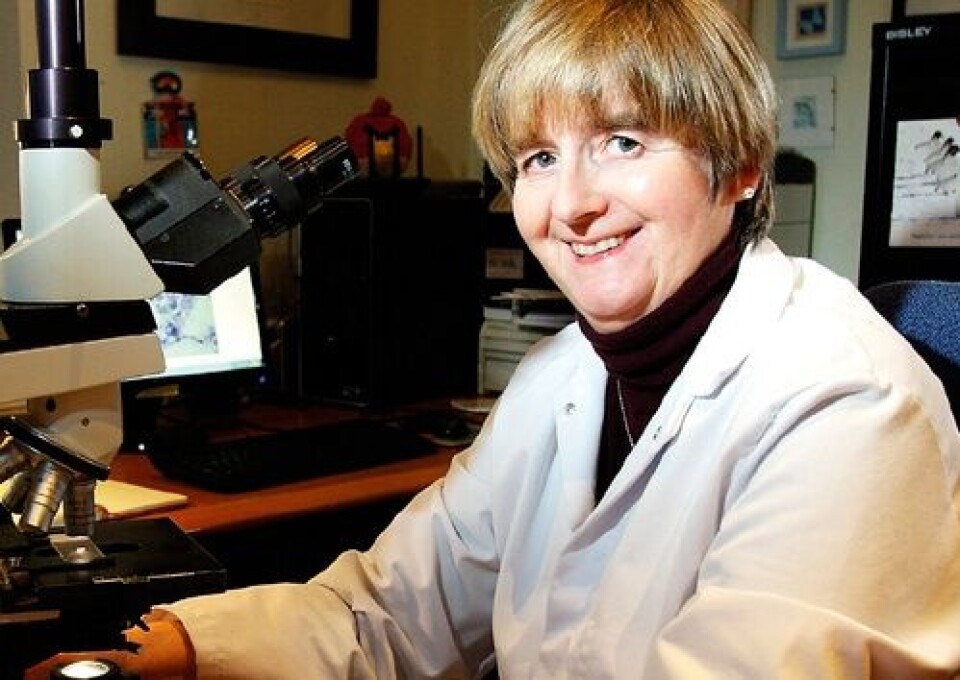
Lowest mortality in 12 years In Ireland, the impact of PD has been greatly reduced in recent time, says Hamish Rodgers, the founder and principal of the veterinary aquatic animal practice, Vet-Aqua International, based in Ireland.
Pancreas disease emerged as a significant disease of farmed salmon in Ireland in the mid 1980’s with a large number of marine sites affected by the disease. The prevalence of the disease has fluctuated, but in general remained high. In 2007, 90% of marine sites were affected by PD with an associated mortality of 23 per cent. The incidence of PD over the last few years has however been greatly reduced, with only a few cases occurring annually and all with very low mortalities.
In fact, according to Hamish Rodgers, the mortality level from PD in 2012 was the lowest in 12 years in Ireland at 2 per cent. “The impact over the last three years has been low, although the virus is still present,” he says and adds that there is some chronic PD present in Irish farms.
He estimates that currently 55 % of the fish in Irish farms have been vaccinated against PD. But vaccination is not the only reason for the decrease in PD in Irish salmon farming, Rodgers points out: “It could be virus factors, fish factors or environment/management factors.” These, he says, include improved management of livestock, changes in the fish (stocking densities, vaccination status, stress, genetics), fallowing, single year class generation, better lice control, avoiding high risk sites, dietary assistance and possibly some natural fluctuations in the virus challenge (reservoirs, amount or subtype).
Statistics on the timing of PD outbreaks in Ireland reveal that in 2012, the average time from sea transfer to when the fish was found to be PD/SAV positive was 5 months (range from 3-8 months). The disease usually affects salmon in their first year at sea in Ireland.
“We have two peaks for the start of new PD outbreaks in Ireland, usually early summer or early autumn. And although an outbreak can occur at any time of the year, these are the highest risk periods and may relate to the changing water temperature and temperature window that are most suitable for the virus - in the lab this is between 10 and 14 degrees C. This is a bit different to Norway where there appears to be one main peak in the summer. Data for Scotland is not available,” Rodger says.

Variable clinical losses “In Scotland, there is no central collection of information on PD,” confirms Dr. Marian McLoughlin, an independent fish health consultant and highly regarded specialist in PD, who helped isolate the first fish alpha virus in the lab proving that it was the cause of PD.
“Scotland also differs from Norway in that there are different subtypes of PD and different set ups. “In both Scotland and Ireland there are variable clinical losses. It can vary a lot from site to site. Some sites have higher mortalities and for some it affects mainly the growth rates. PD is more defined in Norway. “There is also a higher percentage of second-year PD in Scotland. We don’t know why this is,” she says
Mortality ascribed to PD was negligible before 2003, but rose to a peak in 2006 and 2007, accounting for 94% and 86% of disease losses in 2006 and 2007 respectively, followed by a decline in 2008 and 2009. PD mortalities primarily were reported in larger fish (2–5kg) and accounted for the largest loss in biomass due to any infectious disease including infectious pancreatic necrosis (IPN). The mean monthly numbers of fish lost to PD were higher in July through to September.
Today, around 40 per cent of the annual Scottish smolt input is vaccinated against PD, according to McLoughlin. The number of doses of Norvax® Compact PD vaccine supplied to salmon farmers in Scotland has now passed 50 million. “It is only in the last three years that fish have been PD vaccinated. Year on year, around 50 per cent of the stock in mainly in high risk PD sites Scotland are vaccinated. This is a huge increase compared to 3-4 years ago, of the 96 sites receiving PD vaccinated fish in that period PD virus was only detected on 11 sites” she emphasises. Fish have been vaccinated across the PD sub types found in Scotland and Ireland and there has been a good response against all the known subtypes.
A lot of sites which suffered severe PD in the past now have no problems with the disease, she reveals: “In Scotland and Ireland, the impact is now minimal. The number of samples coming in to the AFBINI Fish Disease Unit in Northern Ireland, which does the majority of PD diagnostic testing for the Scottish industry, is also significantly reduced - “Which is the best proof that PD is coming under control for the first time in the last 30 years!” She adds.

Must vaccinate every year In its 2012 annual report, Marine Harvest – Scotland’s biggest salmon producer - stated that throughout last year, there were no sites diagnosed with PD in Scotland. “Our operations in Scotland and Ireland experienced minimal losses to PD in 2012. “The reduction in losses has been a result of an extensive review of risk factors and implementation of mitigation approaches such as reduced number of fish per pen, reduced handling of fish and operational zoning,” the company said.
McLoughlin also underlines that the vaccine must be used together with other measures such as single generation, fallowing, minimal handling, nutrition etc. “Everything must come together to combat this challenge. “But there is light at the end of the tunnel,” she claims.
However, McLoughlin stresses how important it is to keep on vaccinating the fish, despite the good results: “Keep the fish vaccinated! Farmers, whether it is pig farmers or fish farmers, have a tendency to think that if they have not had the problem for a few years, it is gone, and they stop vaccinating. But the sensible option is to vaccinate even in the absence of the virus - there is no question about it!” she emphasises.
McLoughlin says continued vaccination reduces the chances of infection and primes the fish against PD. Moreover, the vaccine stops the virus from multiplying and decreases the infection pressure in the marine environment.
“Major companies in Scotland and Ireland all use the vaccine now, but new companies that are evolving, may not even be sure of the risk factors on the sites yet. Decisions can’t be made before the amalgamation has been completed. Or maybe the smolt supplier does not want to handle the fish twice, or the cash flow is low. When things are tough, health budgets are often cut.”
McLoughlin says the virus could return, if the industry is not vigilant: “I worry that PD will go off the radar - that the industry will think it is not around anymore and it is not worth spending the money on the vaccine. That would be a mistake. It could come back, maybe not in the first year, but eventually,” she warns. The recent measles epidemic in children in Wales is a good example of what can happen when vaccine uptake falls below a critical level in the population. A similar thing could happen in aquaculture, nobody would even consider not vaccinating for furunculosis even though there have been very few clinical outbreaks in the last 20 years.
Different subtypes There are currently six known subtypes of SAV. In Scotland and Ireland there are several different subtypes in various geographical areas, while SAV 3 is unique to Norway. McLoughlin says they are not sure why there are several subtypes of SAV in Scotland and Ireland. “Different subtypes have been found in Scotland such as SAV 2 marine in Shetland and SAV 4 and 5 in the Outer Hebrides. The original infections probably came from the wild into specific locations. But with man moving fish, and equipment they may have spread and resulted in a mix of SAV subtypes, for example in mainland Scotland. However, movement and handling of fish appear to be significant risk factor s associated with the spread of PD:
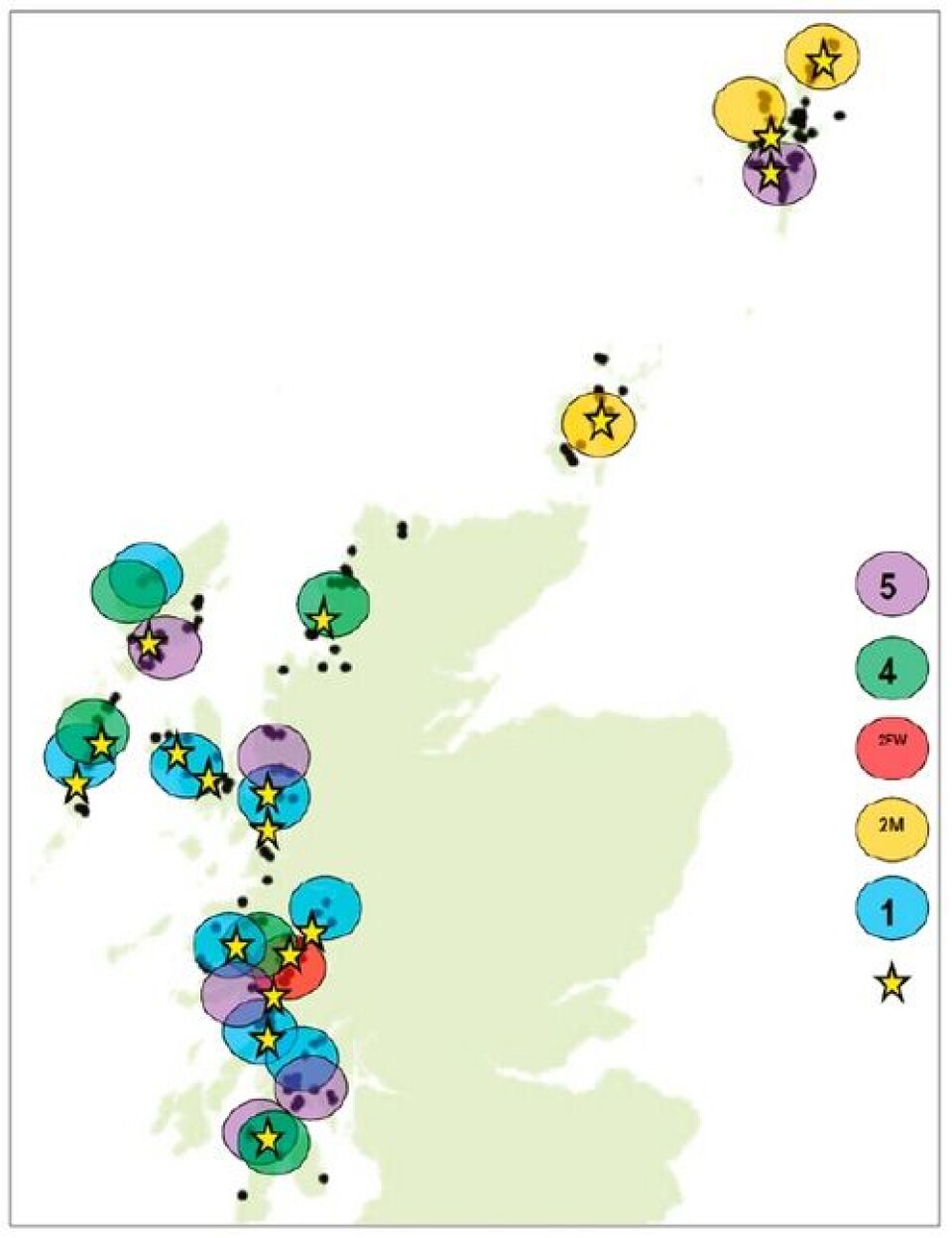
“SAV2 has now also been found in middle Norway, and the source is being investigated by the Norwegian Veterinary Institute”. Similarities with previously detected SAV subtypes in Scotland may assist in tracing the source of this new SAV 2 epidemic in Norway.
Research With the reduced impact of PD, there is less ongoing research into PD in the UK and Ireland, but Marine Scotland Science still has an active research programme regarding PD: “Marine Scotland Science have an active research programme on pancreas disease (PD), which despite a slight decline in reported cases, still has a significant economical impact on the farming industry,” says Chris Nabney from the Scottish Government. “The current research work is planned around assisting industry in meeting the objective of increased growth of 4% per annum over the next ten years. Our understanding of wild reservoirs was recently enhanced as we managed to isolate the first alphavirus from a non-salmonid fish host enabling its use in experimental infections. The isolate has been subject to DNA sequencing to determine the precise order of nucleotides and allowing for isolates comparison. In addition virus prevalence data from wild fish around the Scottish coast has been complied. “Staff has also carried out a successful cohabitation infection model with subtype-1 isolates at the VESO facility at NAMSOS, Norway. To support our in vivo experimental work we are using a novel in vitro model of self-contracting myocardial aggregates produced from salmon embryos. Virus infection and localization within the aggregate has been determined and kinetics of infection analysed. Similarly, our studies on the genetic basis of cell culture adaptation have contributed to our understanding of how viruses adapt to new environments. “Finally, to allow localisation of the virus a new antibody has been tested for specificity and sensitivity, and now being used to examine infected cultures. During 2012-13 we were able to present ten publications or presentations including several at the Trination forum,” Nabney says.
























